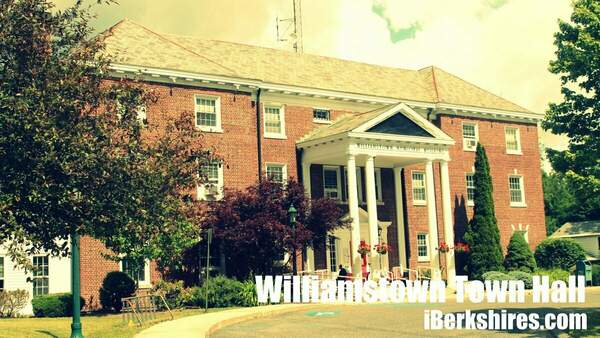
New Year's: Time for Financial Resolutions
 |
We've reached the end of another year – which means it’s just about time for some New Year's resolutions. Would you like to study a new language, take up a musical instrument or visit the gym more often? All these are worthy goals, of course, but why not also add some financial resolutions?
Here are some ideas to think about:
Increase contributions to your employer-sponsored retirement plan. For 2018, you can contribute up to $18,500 (or $24,500 if you're 50 or older) to your 401(k) or similar plan, such as a 403(b), for employees of public schools and some nonprofit groups, or a 457(b) plan, for employees of local governments. It's usually a good idea to contribute as much as you can afford to your employer's plan, as your contributions may lower your taxable income, while your earnings can grow tax-deferred. At a minimum, put in enough to earn your employer's matching contribution, if one is offered.
Try to "max out" on your IRA. Even if you have a 401(k) or similar plan, you can probably still invest in an IRA. For 2018, you can contribute up to $5,500 to a traditional or Roth IRA, or $6,500 if you're 50 or older. (Income restrictions apply to Roth IRAs.) Contributions to a traditional IRA may be tax-deductible, depending on your income, and your earnings can grow tax-deferred. Roth IRA contributions are not deductible, but earnings can grow tax-free, provided you don't start taking withdrawals until you are 59 1/2 and you've have had your account at least five years. You can put virtually any investment in an IRA, so it can expand your options beyond those offered in your 401(k) or similar plan.
Build an emergency fund. Try to build an emergency fund conaining three to six months' worth of living expenses, with the money held in a low-risk, liquid account. This fund can help you avoid dipping into your long-term investments to pay for unexpected costs, such as a new furnace or a major car repair.
Control your debts. It’s never easy, but do what you can to keep your debts under control. The less you have to spend on debt payments, the more you can invest for your future.
Don't overreact to changes in the financial markets. We've had a long run of rising stock prices – but it won't last forever. If we experience a sharp market downturn in 2018, don't overreact by taking a "time out" from investing. Market drops are a normal feature of the investment landscape, and you may ultimately gain an advantage by buying new shares when their prices are down.
Review your goals and risk tolerance. At least once in 2018, take some time to review your short- and long-term financial goals and try to determine, possibly with the help of a financial professional, if your investment portfolio is still appropriate for these goals. At the same time, you’ll want to re-evaluate your risk tolerance to ensure you’re not taking too much risk – or possibly too little risk – with your investments.
Do your best to stick with these resolutions throughout the coming year. At a minimum, they can help you improve your investment habits – and they may improve your financial picture far beyond 2018.
This article was written by Edward Jones for use by your local Edward Jones financial adviser. Courtesy of Rob Adams, 1 Berkshire Square, Suite 114, Adams, MA 01220, 413-743-0552. Edward Jones, its employees and financial advisers cannot provide tax or legal advice. You should consult your attorney or qualified tax adviser regarding your situation. For more information, see EdwardJones.com.
Tags: investing,















